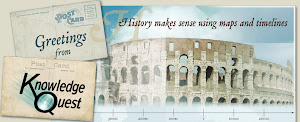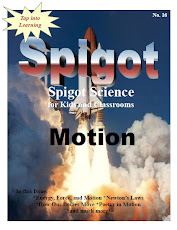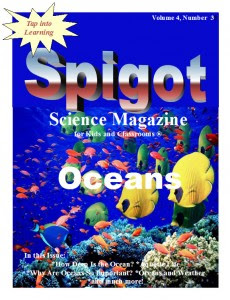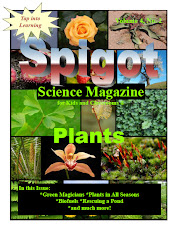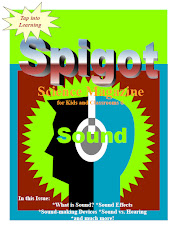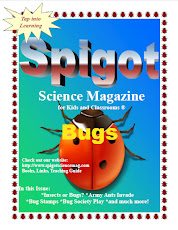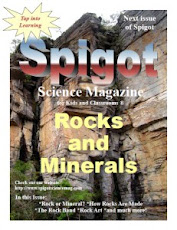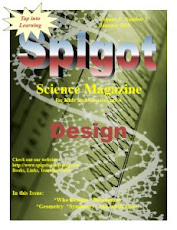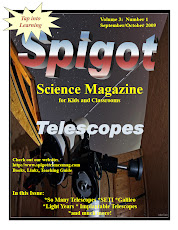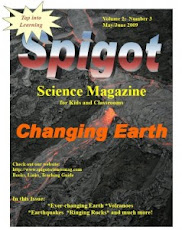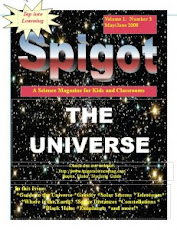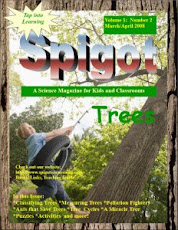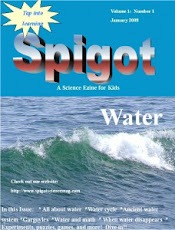Organisms (living things) are made up of substances (matter; material that has mass and takes up space) and structures (parts that work together). They have levels of organization leading from the simplest level to the most complex. Here are examples of the substance and structure of the human body from its lowest to highest level of organization:
Atoms and Molecules Atoms and molecules make up the lowest level of organization. They are a part of everything living and non-living in our world. Atoms such as oxygen combine with hydrogen atoms to form molecules that we know as water...READ MORE









